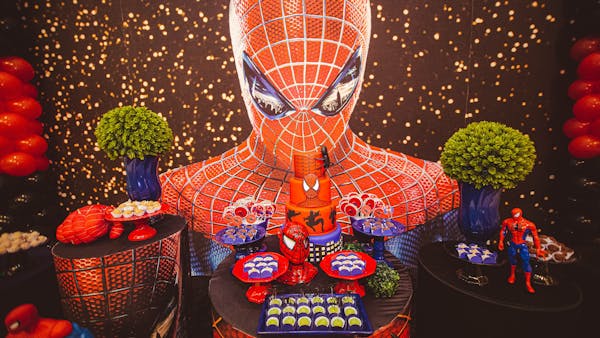Popular Culture and Literature: The Dynamic Intersection
The relationship between popular culture and literature is a dynamic and complex one. Both spheres influence and reflect each other, shaping the narratives, themes, and styles that captivate and resonate with audiences. This brief discussion explores the interplay between popular culture and literature, tracing their evolving relationship and enduring impact.
1. Defining Popular Culture:
Diverse and Widespread: Popular culture encompasses a wide array of cultural expressions, including music, film, television, fashion, technology, and more. It often originates from and is influenced by everyday life and the experiences of a broad audience.
Consumed by Masses: Popular culture is characterized by its accessibility and appeal to a broad demographic, making it part of the shared experiences of a society. It is often driven by commercial interests and consumption.
2. The Interplay with Literature:
Cross-Pollination: Popular culture and literature continuously influence one another. Literature has often drawn inspiration from popular culture, incorporating contemporary themes, language, and references. On the flip side, literature has influenced and permeated popular culture through adaptations, reimaginings, and the integration of literary elements into other mediums.
Adaptations and Transformations: Many classic and contemporary works of literature have been adapted into films, television series, and other popular culture forms. These adaptations bring literary works to wider audiences and often reinterpret the source material in new and innovative ways.
3. Contemporary Examples:
Harry Potter Franchise: J.K. Rowling's "Harry Potter" series, initially a literary phenomenon, has become a cornerstone of popular culture through its film adaptations, theme park attractions, and merchandise.
Marvel and DC Comics: The superhero narratives of Marvel and DC Comics have transitioned from comic books to blockbuster films, TV series, and video games, permeating global popular culture.
The Hunger Games: Suzanne Collins' "The Hunger Games" trilogy, with its themes of resistance and reality TV, resonated with both literary and cinematic audiences.
4. Literary Influence on Popular Culture:
Language and Idioms: Literary works have introduced idioms, phrases, and cultural references into everyday language. For instance, phrases like "catch-22" from Joseph Heller's novel of the same name have become part of colloquial speech.
Memes and Internet Culture: Literary characters and quotes often serve as the basis for internet memes and viral content, merging literary references with contemporary digital culture.
5. Popular Culture Influence on Literature:
Contemporary Settings: Literature, especially contemporary fiction, often integrates popular culture references, reflecting the time and place in which the story is set. This can create relatable and immersive narratives.
Cross-Genre Fusion: Many authors blend genres, drawing from popular culture elements like science fiction, fantasy, or detective stories to create innovative and engaging works.
6. Ongoing Debates:
Artistic Integrity: Some critics argue that the adaptation of literary works into popular culture forms may dilute the artistic and intellectual depth of the original texts.
Representation and Stereotypes: The intersection of popular culture and literature has been critiqued for perpetuating stereotypes and reinforcing cultural biases.
In conclusion, the interplay between popular culture and literature is a testament to the dynamic and evolving nature of culture itself. It exemplifies the power of storytelling and narrative to transcend boundaries, resonate with diverse audiences, and leave a lasting impact on society. The ongoing conversation between these two spheres continues to enrich our cultural landscape and shape our understanding of the world.
